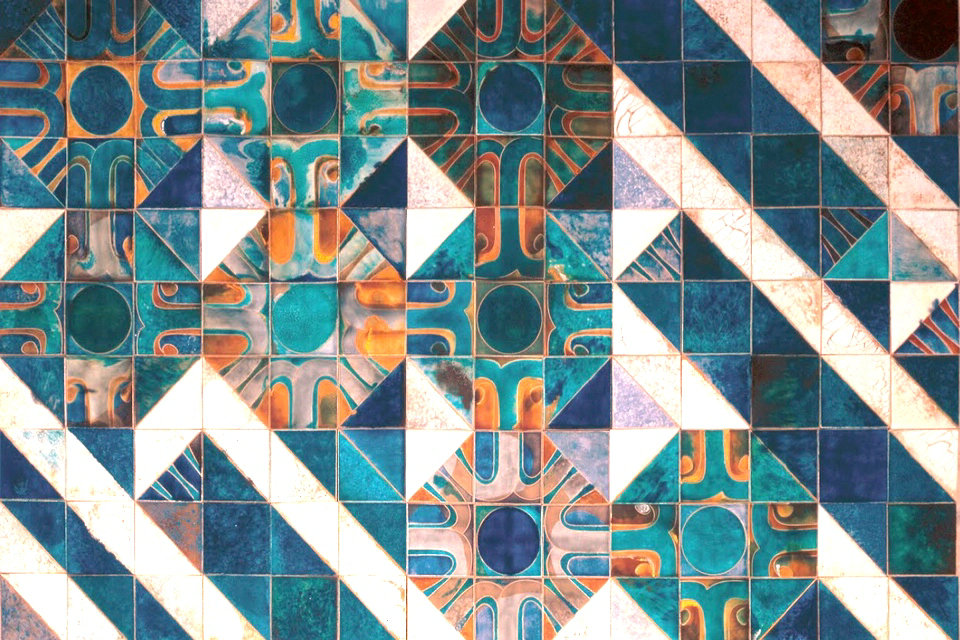Ceramics and Urban Art, National Tile Museum of Portugal


From the mid-20th century onwards the history of azulejos is difficult to characterise given the multiple languages and proposals it presents as a result of the individual work and the research of each creator. This is a time of diversity, and the azulejo reflects that symphony of languages, a chorus of themes with different visual logics like purely abstract or geometric discourses figurative elements signs or calligraphic gestures and purely chromatic elements.
The association of this centuries-old art with modernity and the present time promoted the integration of azulejos in what now constitutes the image of the current world, the transport network and especially the Underground.
As in the past, the azulejo incessantly seeks new challenges and has already been integrated in some of the typical languages of the contemporary world.
From the pixelated computer images (like the Azulejos do Oceanário de Lisboa, [Azulejos at Lisbon Oceanarium], by Ivan Chermayeff, 1998) to the subversion of the graffiti discourse, passing through the fairy-like exuberance of cartoons or the refinement of the images of publicity or design, it shows an extraordinary capacity to adapt and reinvent, which would be hard to match in another form of artistic expression.
National Azulejo Museum
The National Tile Museum of Portugal, is an art museum in Lisbon, Portugal dedicated to the azulejo, traditional tilework of Portugal and the former Portuguese Empire, as well as of other Iberophone cultures. Housed in the former Madre de Deus Convent, the museum’s collection is one of the largest of ceramics in the world.
The Museu Nacional do Azulejo is housed in the former Convent of Madre de Deus founded in 1509 by Queen Leonor. Its collection presents the history of glazed tiles in Portugal, from the second half of the XV Century to the present day, proving that the tile remains a living and an identity expression of Portuguese culture.
Occupying various spaces in the building’s former convent wings, MNAz’s permanent exhibition documents the history of tile in Portugal from the 16th century to the present.
In close connection with the presented tile heritage, other ceramic objects belonging to the museum’s collections are integrated into the expository discourse.